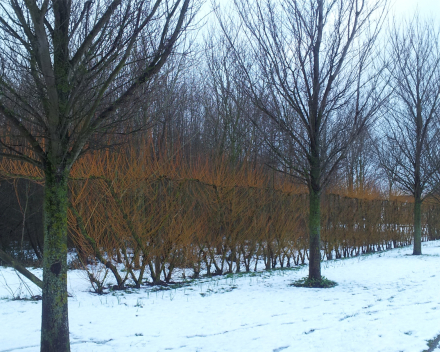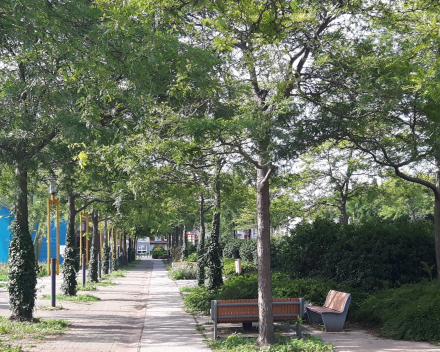- Home
- The Road To Biodiversity
The Road To Biodiversity
17/12/2018 - 00:00
For 40 years, the French city of Grande-Synthe, on the edge of the harbour area of Dunkirk, has endeavoured to pay equal attention to all its districts, without prioritizing them. Its achievements are considerable with 95 per cent of its residents living within 300 metres of a green space and everyone benefits from 127 square metres of greenery per inhabitant.
Parks and gardens are therefore a strong feature of the city. Since 1972, Grande-Synthe has established a fundamental political axis that has never been questioned since: to create an exceptionally green and flowery living environment for its inhabitants.
Yves Caestecker, Head of the Public Spaces and Nature Department commented:
“From 1990 to 2005 we committed ourselves to differentiated management. We were looking for alternative forms of management to, among other things, abolish pesticides. Since 2005 our focus has switched to safeguarding biodiversity.”
The city is also surrounded by a green belt, considered of vital importance for the residents’ quality of life due to its location near the port of Dunkirk with its heavy industry (especially metallurgy). In a relatively short time Grande-Synthe developed from a hamlet to a city with more than 22,000 inhabitants. In order to be able to plant as efficiently as possible often on marginal soils, the use of TerraCottem was decisive. Other tree species and shrubs, transforming the belt into a road of biodiversity, have systematically replaced poplars, which were originally planted to quickly form a green screen.
These efforts did not go unnoticed and were rewarded in 2010 with the status of first capital of biodiversity and a new ‘Golden Flower’ in 2015, the highest accolade of the Villes et Villages Fleuris competition in France.
| Attachment | Size |
|---|---|
| 1.19 MB |
Throughout our jubilee year, we will be sharing each one of our 25 client stories with you online.
Dive into historyThroughout our jubilee year, we will be sharing each one of our 25 client stories with you online.
Dive into historyTerraCottem Intl. SL
Apartado de Correos 4511190 Benalup (Cádiz)Spain



